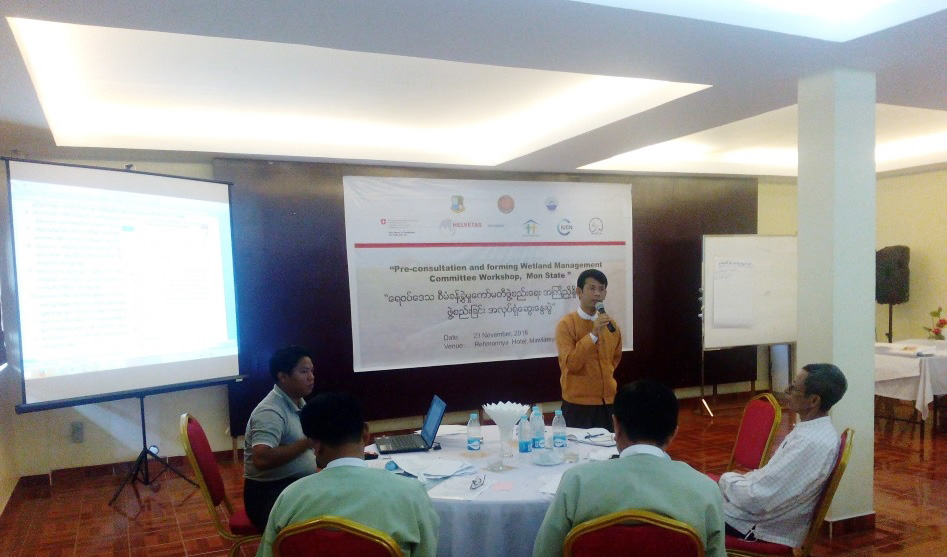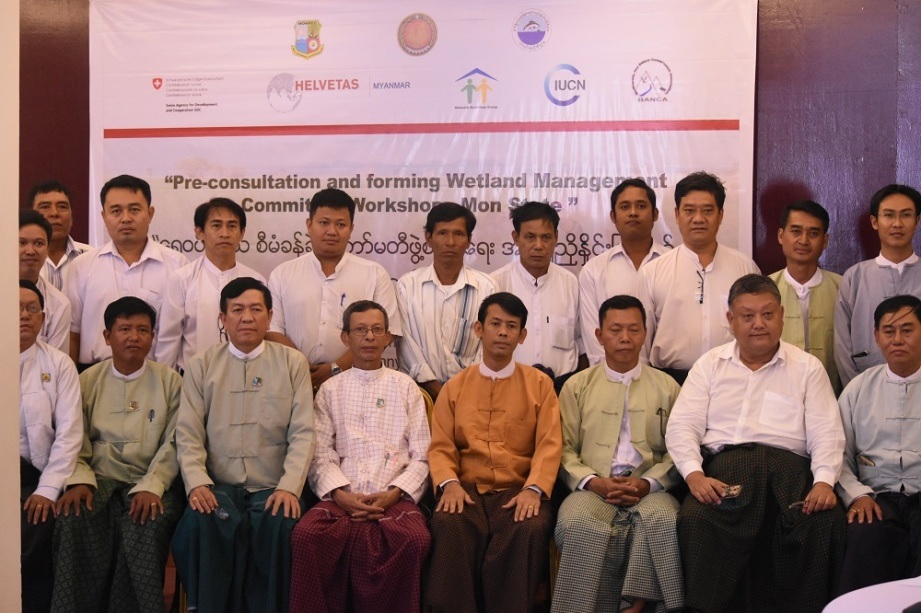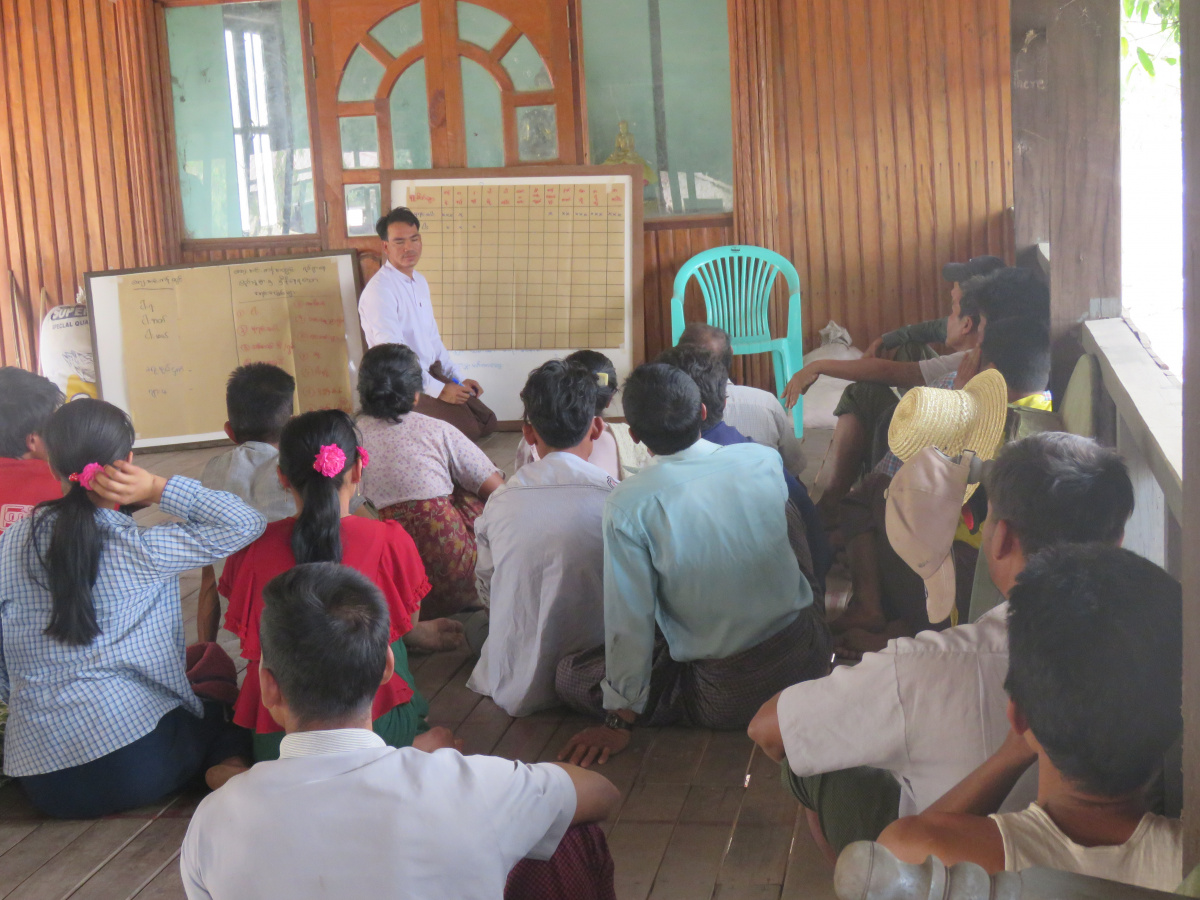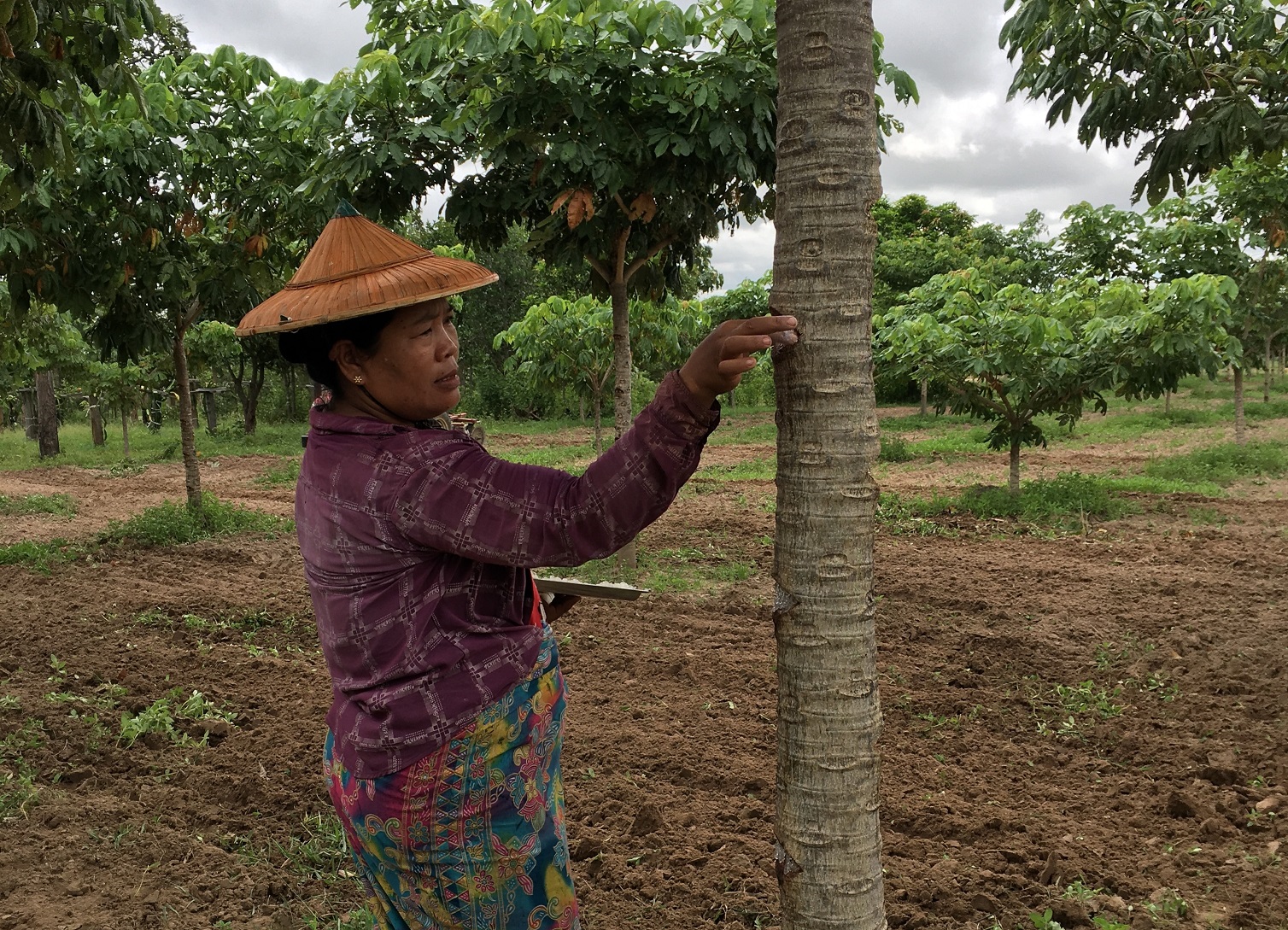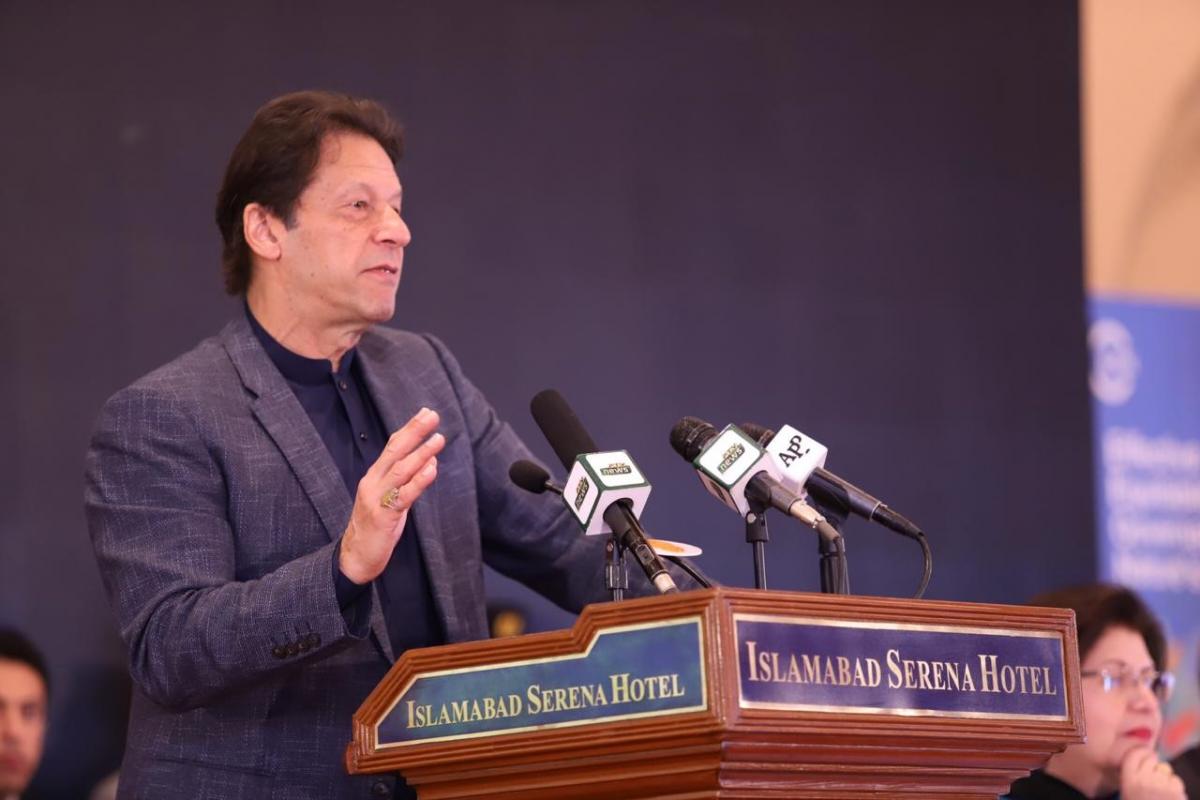Adopting a wetland management committee in the Gulf of Mottama
A National Wetland Management Committee was successfully established at the "Pre-Consultation and Forming a Wetlands Management Committee Workshop”, jointly organised by HELVETAS, Network Activities Group (NAG), Biodiversity And Nature Conservation Association (BANCA) and IUCN on 23 November 2016.
40 participants from the Ministry of Mon State, the Head of Department, NGOs, Local community members and stakeholders from Mon and the Bago region attended the workshop at the Rehmonnya Hotel in Mawlamyine. H.E. Dr. Min Kyi Win, Minister of Mon State, Natural Resources and Environmental Conservation opened the workshop with a speech.
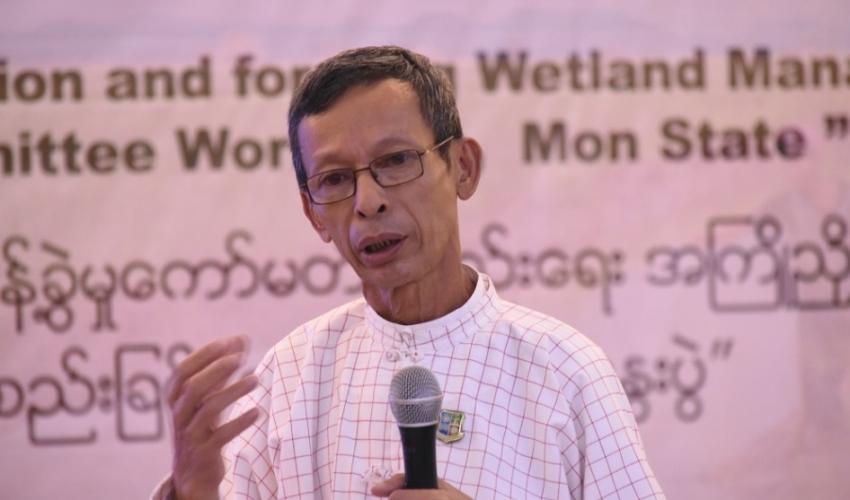 Photo: Opening speech of Minister of MONREC, Myanmar © IUCN Myanmar
Photo: Opening speech of Minister of MONREC, Myanmar © IUCN Myanmar
The objective of the workshop was to adopt a wetland management committee in the Gulf of Mottama as per one of the decisions taken at the first wetland consultation meeting in May. Establishing a wetland management committee is the first step in developing a Gulf of Mottama draft management plan, in line with the Ramsar Convention's wise use of wetlands principle. The workshop was intended to develop committee members and draft the Terms of Reference for the management of the northern part of the Gulf of Mottama, Kyaikhto and the Belin Township after Ramsar designates the site as a wetland of international importance. The workshop was also intended to attract national and international attention on the importance of the area.
The Gulf of Mottama, covering the coastal parts of the Yangon Region, Bago Region, and Mon State down to Chaungzon Township, is a globally unique wetland. It is one of the world's most dynamic--and muddy estuaries and is home to over 150,000 water birds, of which 4 are globally threatened. It is also the wintering ground for the Critically Endangered Spoon-billed sandpiper. It also provides spawning grounds for many commercially important fish species, provides nutrients and supports fisheries in the Bay of Bengal. The rich ecosystems support the farming and fishing activities of over 150 villages around the gulf.
Despite this, the Gulf of Mottama is suffering. Fish catch has declined by up to 90% over the past 10 years as a result of overfishing and the illegal use of nets to harvest fish of all sizes, even juveniles (which are used for fish paste and animal feed). This has forced many small-scale fishers to look for work in other sectors or to migrate, however without investment capital or skills training, their options are limited. If no action is taken, fish catch and the coastal economy will continue to decline.
During the workshop, the Department of Fisheries gave a presentation on the Fishery status of the Gulf of Mottama, while the Forest Department gave a presentation on the Wetland information of the Gulf of Mottama. HELVETAS presented the project background and current situation for Community-led coastal management of the Gulf of Mottama and the present situation. A brief of the first wetland management consultation meeting in May was also presented by IUCN. BANCA presented a brief on the Ramsar convention, as well as the threats and challenges in the gulf. IUCN also gave a presentation on National Wetland Committee composition and Terms of References for both Myanmar and Thailand, which would aid in the development of and Regional Wetland Committee of the Gulf of Mottama.
The workshop also aimed at raising awareness on wetland conservation and the Ramsar convention.
15 committee members, including representatives from the Ministry of Natural Resources Environment Conservation, Ministry of Agriculture, Livestock and Transportation, Forest Department, Department of Fishery, will be a part of the National Wetland Management Committee for Mon state. Participants also acknowledged that the 12 Terms of References which were developed will be implemented, which will in turn encourage the extension of the new Ramsar site designation in the Gulf of Mottama.
